Search is changing fast. With the increased use of large language models (LLMs), AI systems are providing AI-generated responses directly to readers.
Human readers are reading fewer blog posts and relying on AI responses to fulfill their search queries.
Tools like ChatGPT, Google’s AI overviews, and Claude scan and summarize online content into conversational, customized responses. Readers receive answers in a chatbox or at the top of traditional search engine results, causing fewer people to engage with content.
This article explains how you can create LLM-friendly content, so you can adapt your content strategy to keep showing up in search results, both AI search and traditional search.
What you will learn
- How LLMs work and the importance of on-page content structure in LLM optimization
- Why your content should be beginner-friendly and self-sufficient to improve AI responses
- How to embed keywords naturally into your content (traditional SEO and AI)
- How AI-generated content works and how you can use this to improve LLM visibility
1. Use clear and descriptive subheadings for easy navigation
LLMs prioritize content that adopts clear and descriptive language, especially in subheadings for improved page navigation.
It's good practice to break down core concepts and ideas using descriptive H2s and H3s, ensuring to cover a topic in sufficient depth. These headings should accurately reflect the core topic.
Additionally, avoid vague headers like “Introduction,” “Conclusion,” or “More info.” These add little to the article and do not provide descriptive language for LLMs to interpret what your article and each section are about. Descriptive headers also make it easier for humans to scan and better understand your content.
Instead, use headers like “What Is Semantic SEO?” or “Benefits of Internal Linking for Crawlability.”
Descriptive subheadings provide a clear hierarchy of questions and answers. You’re making it easier for AI to understand your content, therefore, making it LLM-friendly.
Ensure that each section is visually scannable and that headers reflect what’s covered in the next 2-5 paragraphs. Use bullets and lists where necessary and keep paragraphs to no more than 3-4 lines to increase scannability.
I suggest using a table of contents plugin to make it easy for readers and AI to better understand your content. If your CMS does not have a built-in table of contents tool, various plugins provide this functionality.
Here’s an example of a table of contents from ActiveCampaign in an article on customer segmentation.
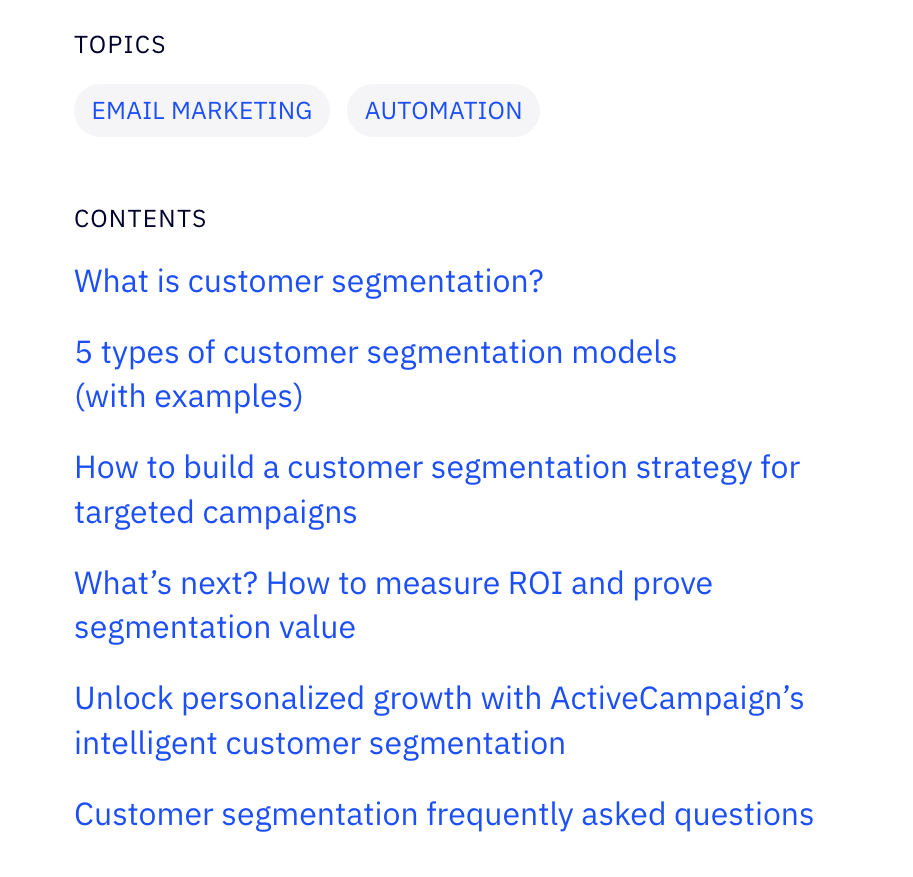
You can also use anchor or jump links for long-form content to aid human navigation and LLM parsing.
2. Define concepts clearly and explain their relationships
When you begin a new section, like an H2 or H3, explain key terms before expanding on them.
Don’t assume reader familiarity, unless it’s a very niche and in-depth topic.
Avoid using dictionary-style definitions and instead use your own words. Ensure the definitions are precise, but avoid vague, emotionless copy.
This Investopedia article on Index Funds vs. ETFs does a great job of explaining each investment option before comparing them.

Similarly, explain how different ideas relate to each other, e.g., how “semantic SEO” connects to “entity-based optimization.”
Use diagrams or text-based hierarchies to show dependencies or parent-child relationships between concepts.
For example, you could create a flowchart that starts with the broad topic of SEO, which later branches into subtopics, like semantic SEO and entity-based optimization. It shows the parent is SEO, and the children are the specific ideas.
Additionally, your writing style should use linking phrases, like “This means,” “in other words,” and “This is important,” to improve clarity.
3. Make content self-sufficient and beginner-friendly
Your content should assume the reader has no prior knowledge of the topic; provide basic background before diving into advanced tactics.
For example, if you were writing an article on an introduction to credit cards, you wouldn’t dive into balance transfers, APR rates, and 0% offers before explaining what each term means.
A great way to make your content beginner-friendly is to answer foundational questions like “why this matters” and “who's this for” early in the article.
Using my introduction to credit cards example, early in the article, I would include foundational subheadings, like “what is a credit card,” “who are credit cards for?” and “why you should consider applying for a credit card.”
You can use LLM optimization tools to track prompts and ensure that you're answering questions where your competitors show up.
This helps satisfy AI Search and LLM visibility because AI tools can source your content, and retrieve relevant information when providing AI answers.
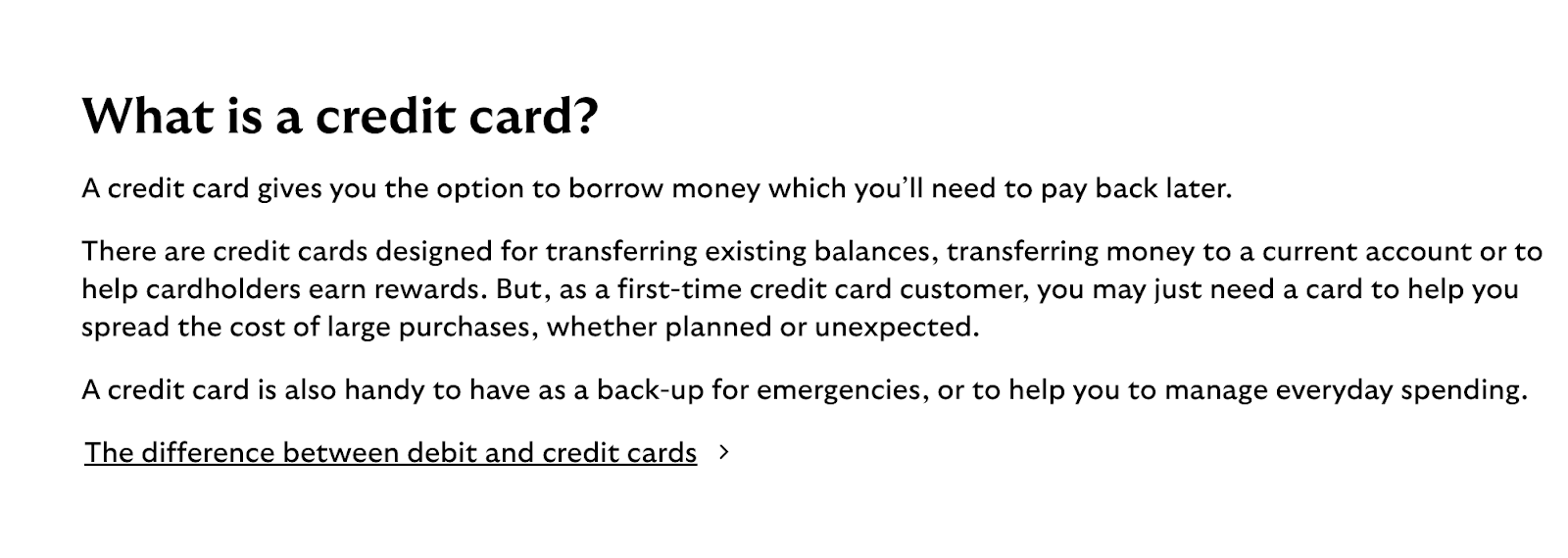
It can be helpful to include analogies or real-world comparisons to make abstract concepts more concrete for novices. The better you can explain a concept, the clearer it is for readers.
When covering these fundamental foundational sub-headers, avoid linking out too early in your explanations, especially to external sources.
Complete core ideas and fundamentals before encouraging human readers to jump to another article, website, or other external source.
Your reader should be able to understand the topic without external research.
Pro tip: Run Surfer's Facts feature on your article to uncover any content gaps on your page.
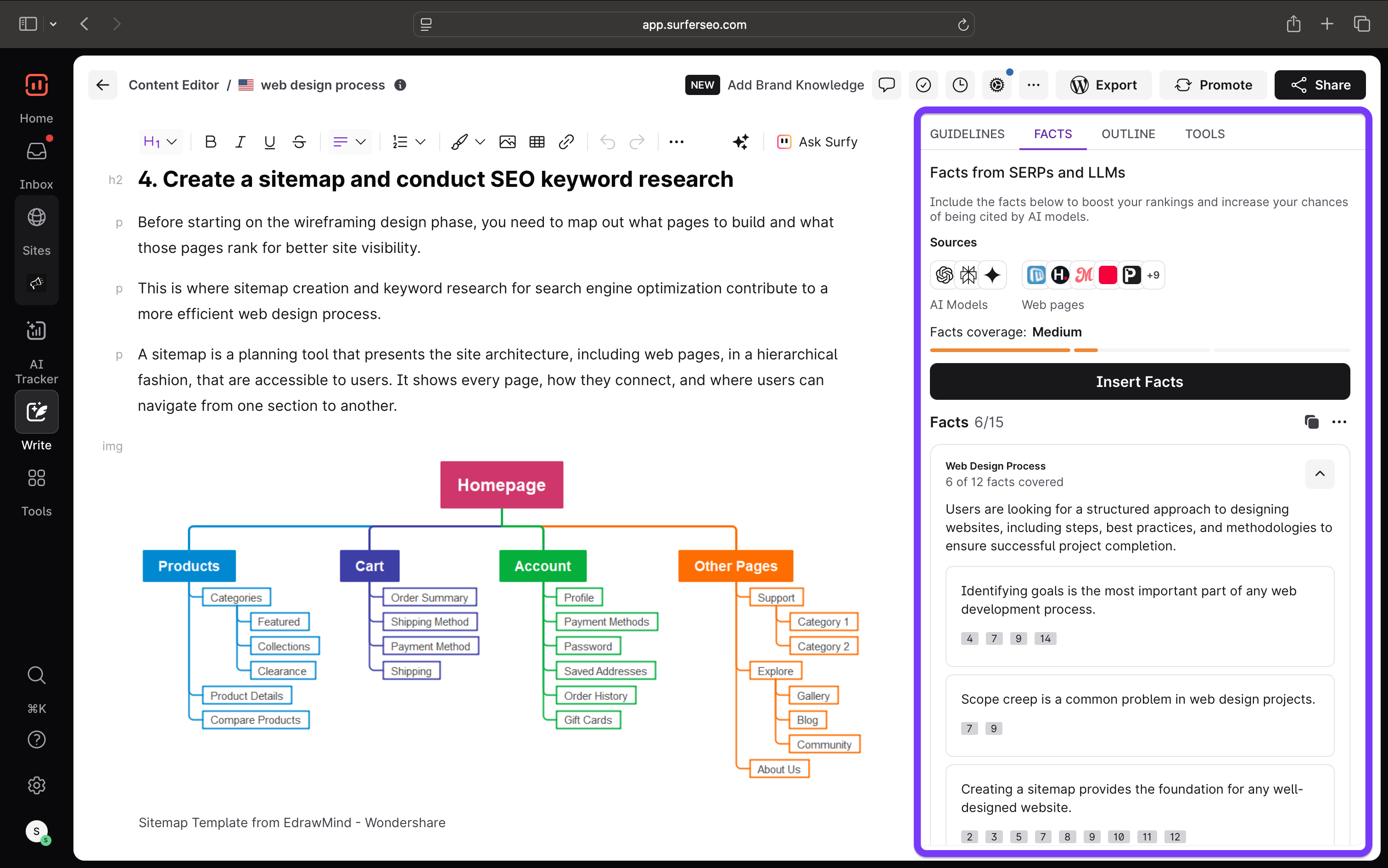
Surfer analyzes pages that are being cited in AI search results and compares your content to theirs, helping you plug missing gaps.
Here for example, I'm missing several pieces of information.
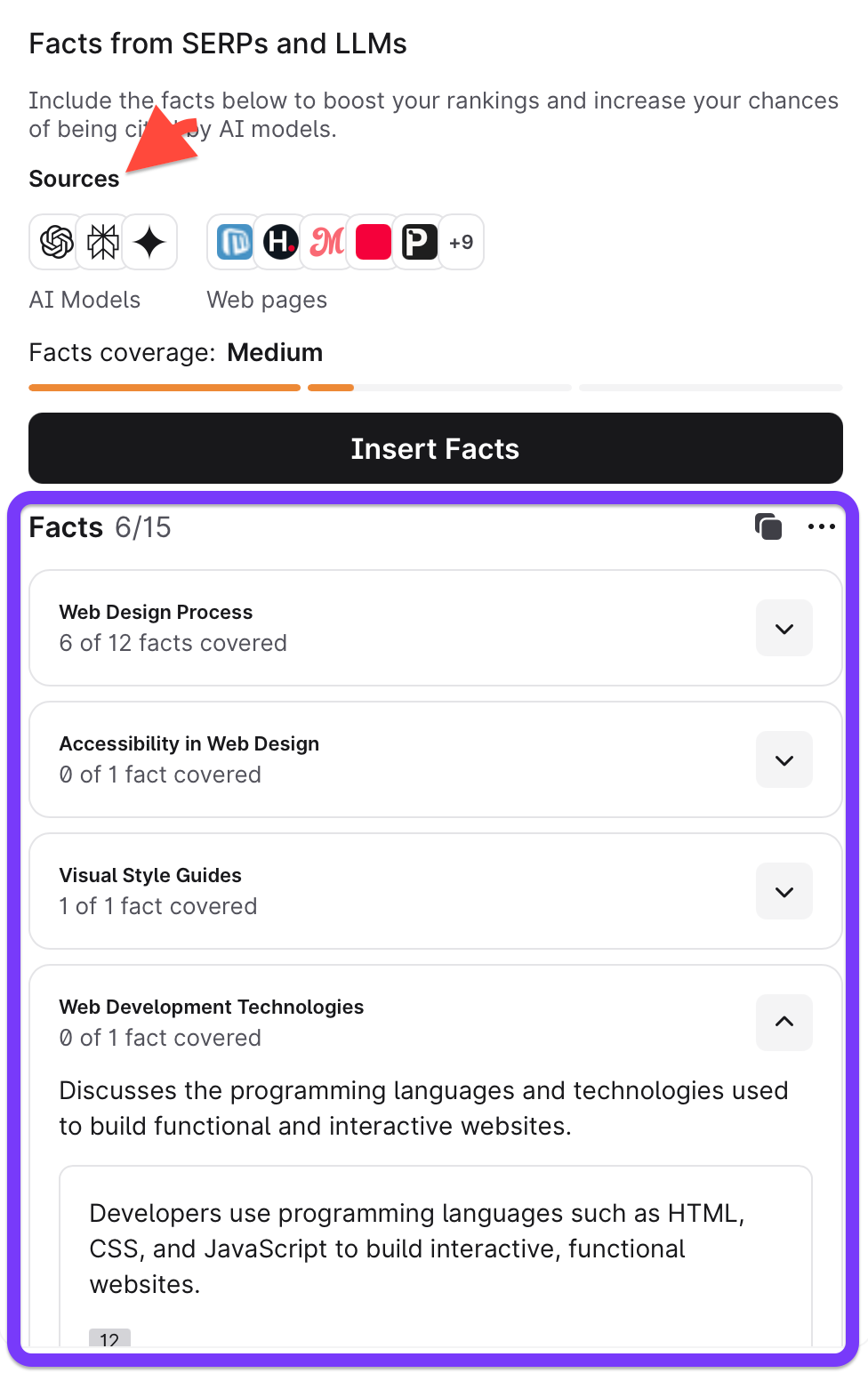
You should also include in-article glossaries or side notes for jargon-heavy content, e.g., “Capital Asset Pricing Model (CAPM) is…” for overly technical topics, even if aimed at experts, this can help improve readability and save human readers from having to search for definitions by clicking off your article or opening another tab.
4. Embed keywords naturally into sentences
Keyword stuffing is a thing of the past — let’s keep it that way.
Instead, insert primary and secondary keywords in a way that feels conversational and natural.
Your writing should feel like a conversation with a friend, but not too informal. Stick to a conversational tone and include topic-specific vocabulary and definitions when needed.
Include keywords in sentences that answer real user questions, not just in headers or meta tags. An excellent way to find these is by searching your primary keyword on Google and looking for relevant questions in the People Also Ask section.
Here’s an example for the keyword, “Investment banking.”
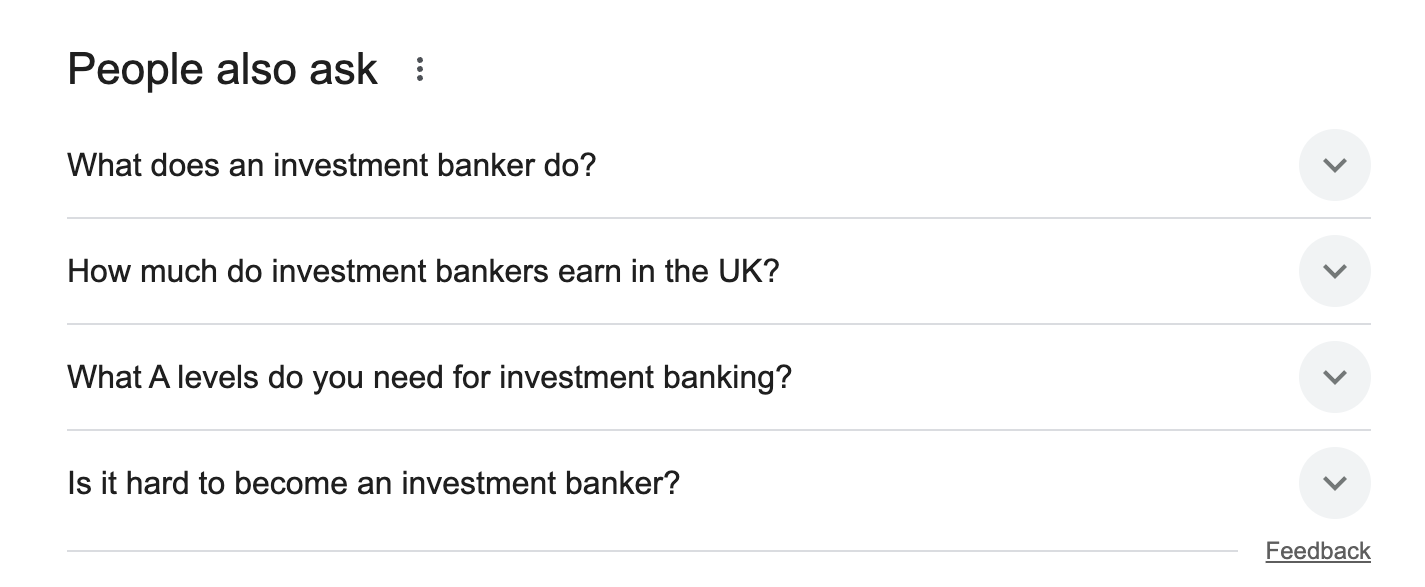
When repeating terms, vary phrasing slightly to include related terms and synonyms. This can help you improve total keyword coverage and can help LLMs better understand the content. It also makes it more likely that you will show up in search engines for a variety of queries.
Additionally, include NLP keywords — these are words and phrases that add context and represent the semantic meaning of the text. For example, in an article on investment banking, phrases like “corporate finance,” “advisory services,” “debt financing,” and “IPO" are expected.
These words and phrases help search engines and LLMs better understand what your content is about.
Surfer’s Terms panel can help you find keywords and related terms that you can use while writing to improve SEO and make your content more LLM-friendly.
5. Progress from general concepts to specific details
Your content should flow like a funnel.
Start with a high-level explanation and narrow down into how-tos, examples, or specific metrics.
You start with the foundations, then build on each section.
An excellent way to naturally progress from general concepts to specific details is to start with “what” and “why” and then move on to “how” and “when.” Here’s a good example by Clinical Reviews on the best sleep supplements.
They start by explaining why you might need sleep supplements, what to look for, and later provide the “how,” which is their list of best supplements.

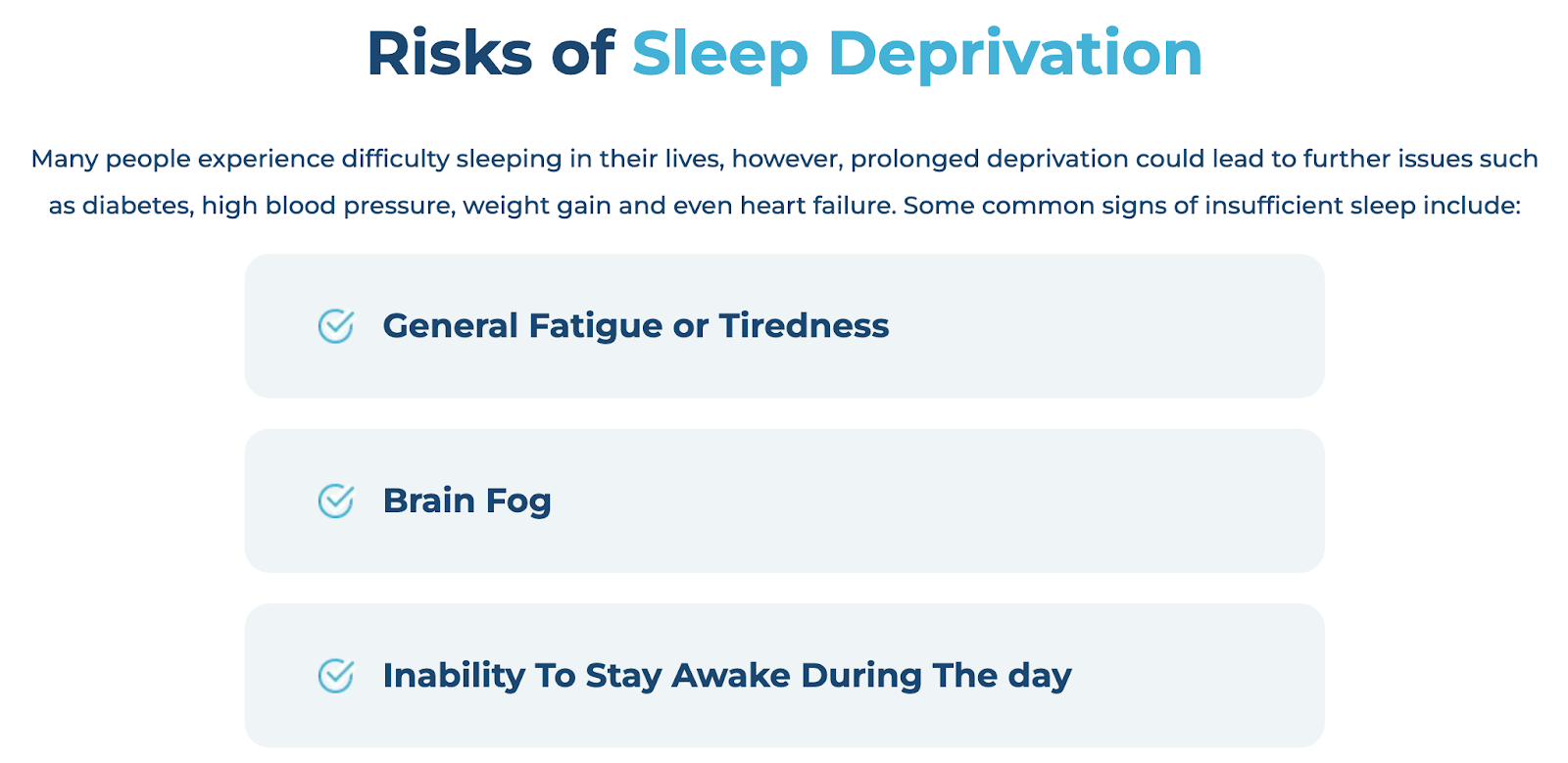
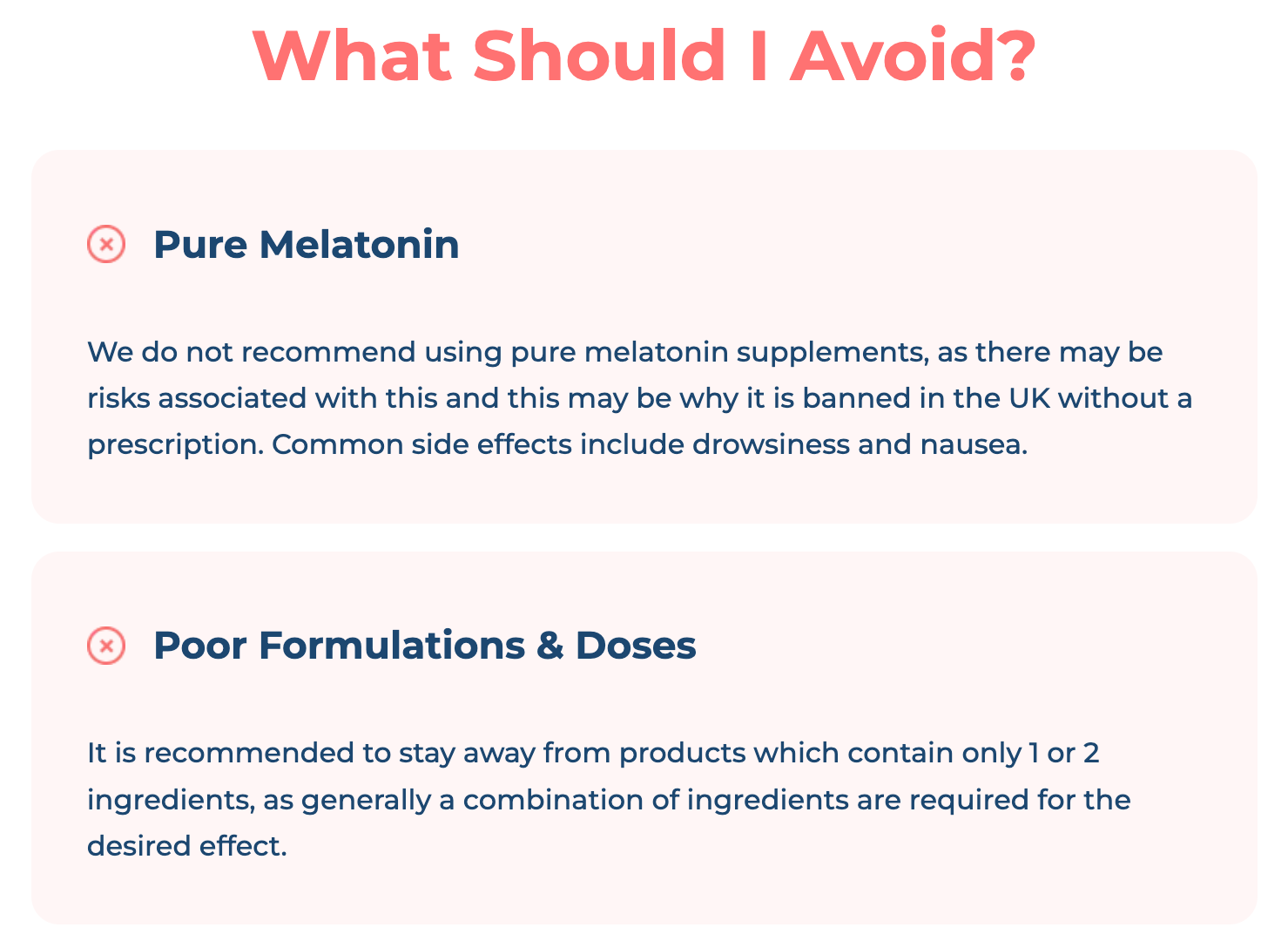
Moreover, you may find it useful to create a consistent outline template where every major section introduces the concept before diving into technical depth. This also ensures consistency across content, improving readability.
Add bullet points or numbered lists when detailing examples or sub-categories of a concept. This helps users and LLMs better understand concepts and key details and provides actionable steps and instructions where applicable.
Here’s an example from NerdWallet’s blog on what an ISA is.
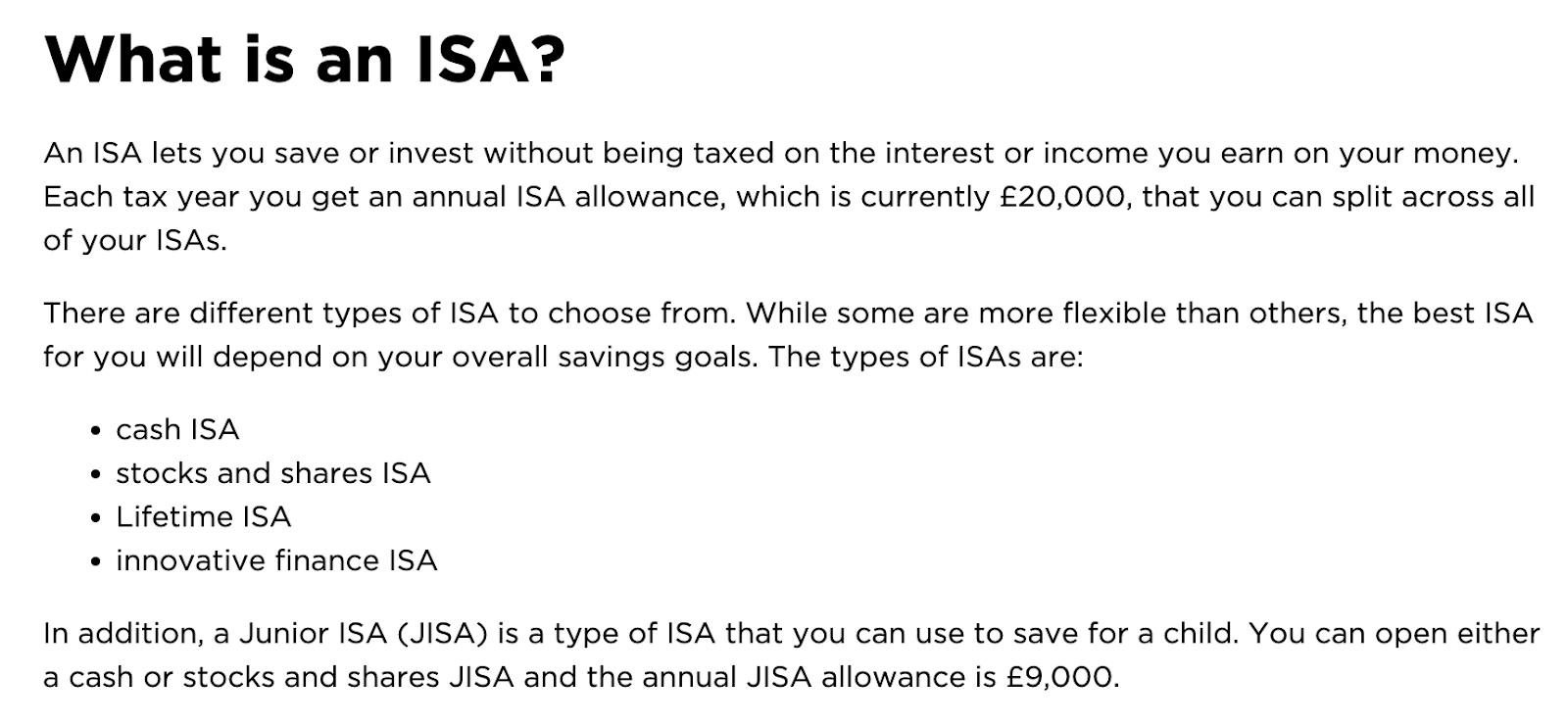
Use phrases like "In simple terms" or "For example" to signal transitions into deeper content. This shows readers and LLMs that you're clarifying or expanding on a concept, which improves comprehension and strengthens topical relevance.
Structuring content by starting with broad overviews and moving into specific details mirrors how people process information and helps AI better understand and organize your content, helping you create LLM-optimized content.
6. Ensure smooth transitions between sections
Add linking sentences at the end of each section that preview what’s coming next, e.g., “Continue reading to find how to structure your content to best meet user intent.”
Here’s an example from a recent article I wrote on zero click searches.

Avoid abrupt context and section jumps and ensure each topic builds logically on the previous one. Use consistent terminology throughout the article so LLMs can follow the narrative without confusion.
From a writing perspective, this follows the usual guidelines of writing for a grade 9 or below using a tool like the Hemingway Editor.
This ensures your article is easy to read for both readers and LLMs. It also helps improve phrasing, readability, and sentence structure to aid with flow.
I also recommend recapping key takeaways from one section before moving into a new layer of depth. At Surfer, we also include a key takeaways section at the bottom of most articles.
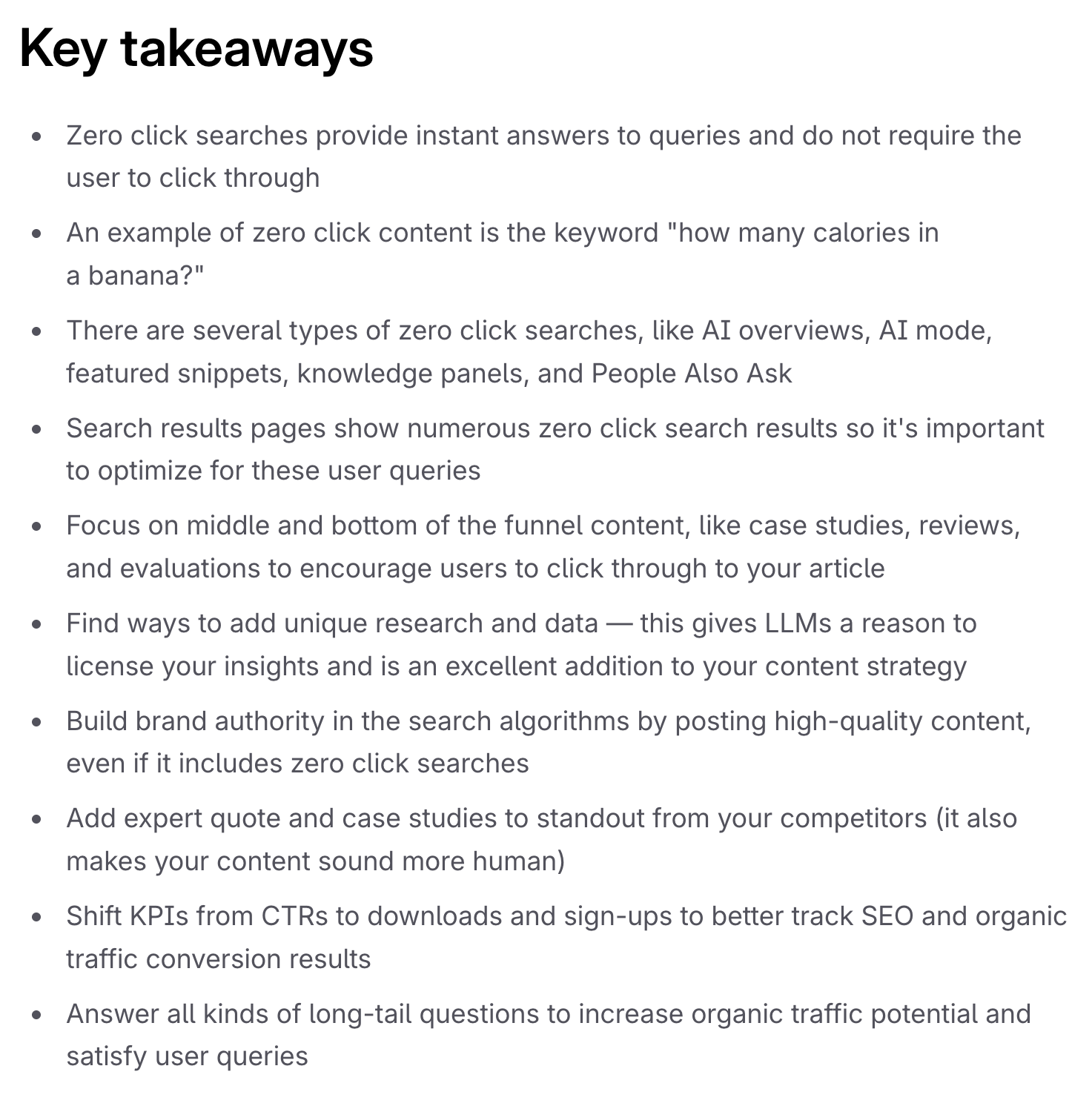
7. Use a consistent and hierarchical heading structure
Follow and apply a consistent and hierarchical heading structure. Headings should be easy to read and flow naturally.
This isn't unique to LLM optimization and is a common SEO practice when creating content.
Using my credit card example, you would start with a heading on “What are credit cards?” before diving into the specifics, like “What is APR?” or “How to calculate interest rates on my credit card?”
Your heading levels should flow, with H1s for titles (only one per article), H2s for main subtopics, and H3s and H4s for expanding on a subtopic. For example, in an article on swimming nutrition, an H2 may include “What to eat before a swim?” with H3s breaking down what to eat based on the time you have available (e.g., 30 minutes before swimming, 1 hour before).
Number sections when appropriate to further reinforce proper hierarchy. For example, number headers for step-by-step instructions, guides, or how-to posts.
Here’s an example on how to remove acrylic nails at home — it breaks down each step using a hierarchical structure and numbers each heading, making it easy to follow and navigate for the reader (and LLMs).
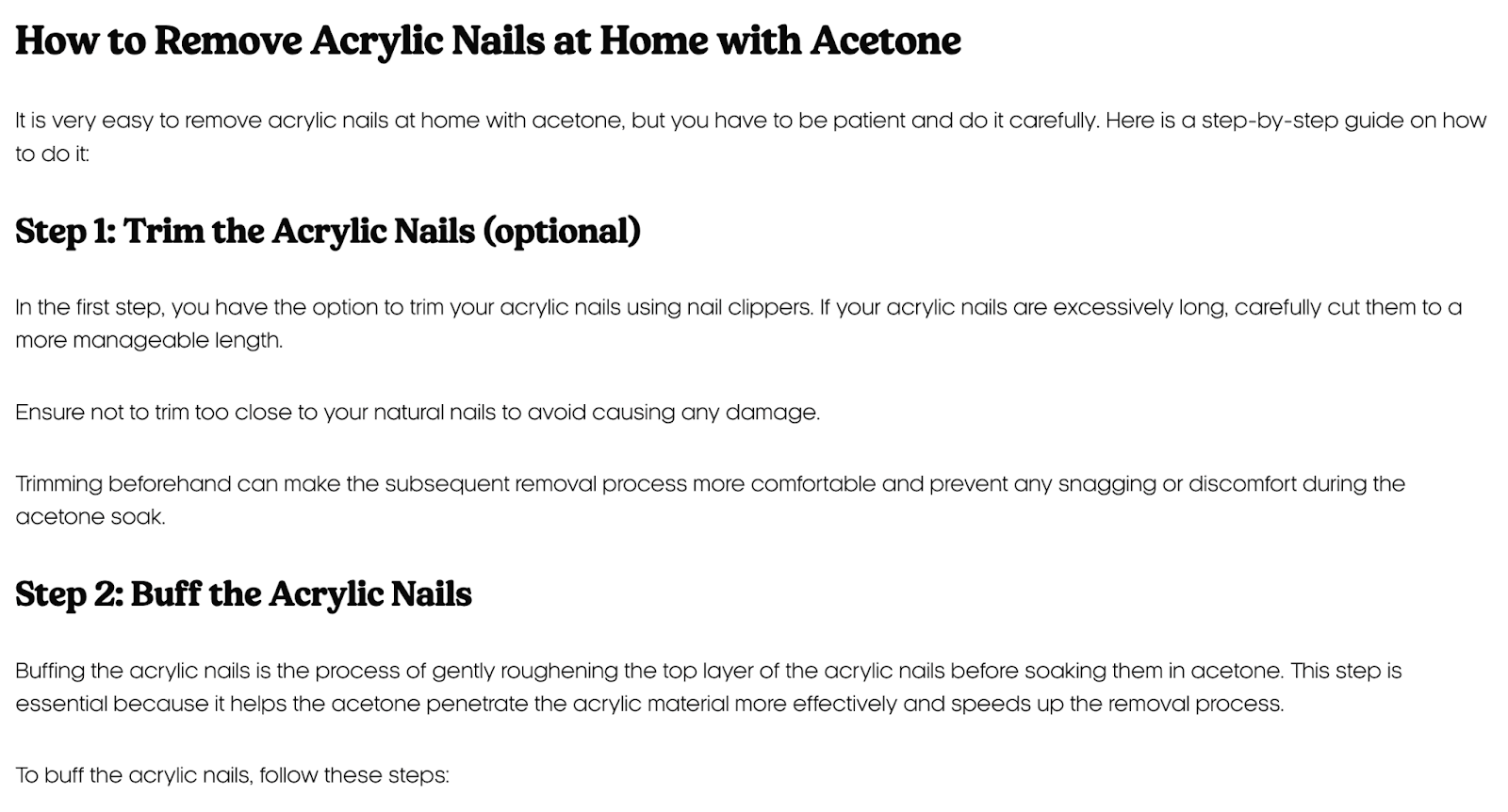
Keep heading lengths concise (under 70 characters) while being informative and keyword-aligned. A reader should be able to look at a heading and know exactly what to expect — this improves skimability for readers.
Think of headings as TL;DRs — it’s a preview section of content in the header itself.
Furthermore, ensure to include subheadings to divide long content blocks, making them easier to scan.
8. Break down complex processes into step-by-step instructions
When explaining workflows or methods, format them as sequential steps (e.g., Step 1: Set up your schema,” Step 2: Add schema markup to relevant pages.”
Use brief, imperative titles for each step and add 2-4 lines of instructions for each. Add context about what each step achieves and why it’s important in the overall process.
You can use H3s and H4s if you need to add more details.
If steps require decisions (e.g., Choose between X or Y”), explain when to pick each option. Insert visual separators (like horizontal lines or numbered icons) to improve clarity.
This kind of clear breakdown is especially important for multi-idea content, where complex concepts need to be followed in sequence.
9. Optimize for concise, high-impact information delivery
To optimize your content for LLMs, cut the fluff — this is also excellent advice when writing for readers.
Trim redundant sentences and eliminate filler words (e.g., “very,” “really,” “just”) for sharper prose. It also adds confidence to your writing and makes it sound less opinionated.
Convert dense paragraphs into bullet lists of short sub-sections when covering multiple related items or instructions. This improves readability and is more LLM-friendly.
Use bold text to highlight important keywords, stats, or takeaways in longer paragraphs.
Here’s an example from Nerd Wallet on the types of business credit cards — they use bullets and highlight the main takeaways in bold text.
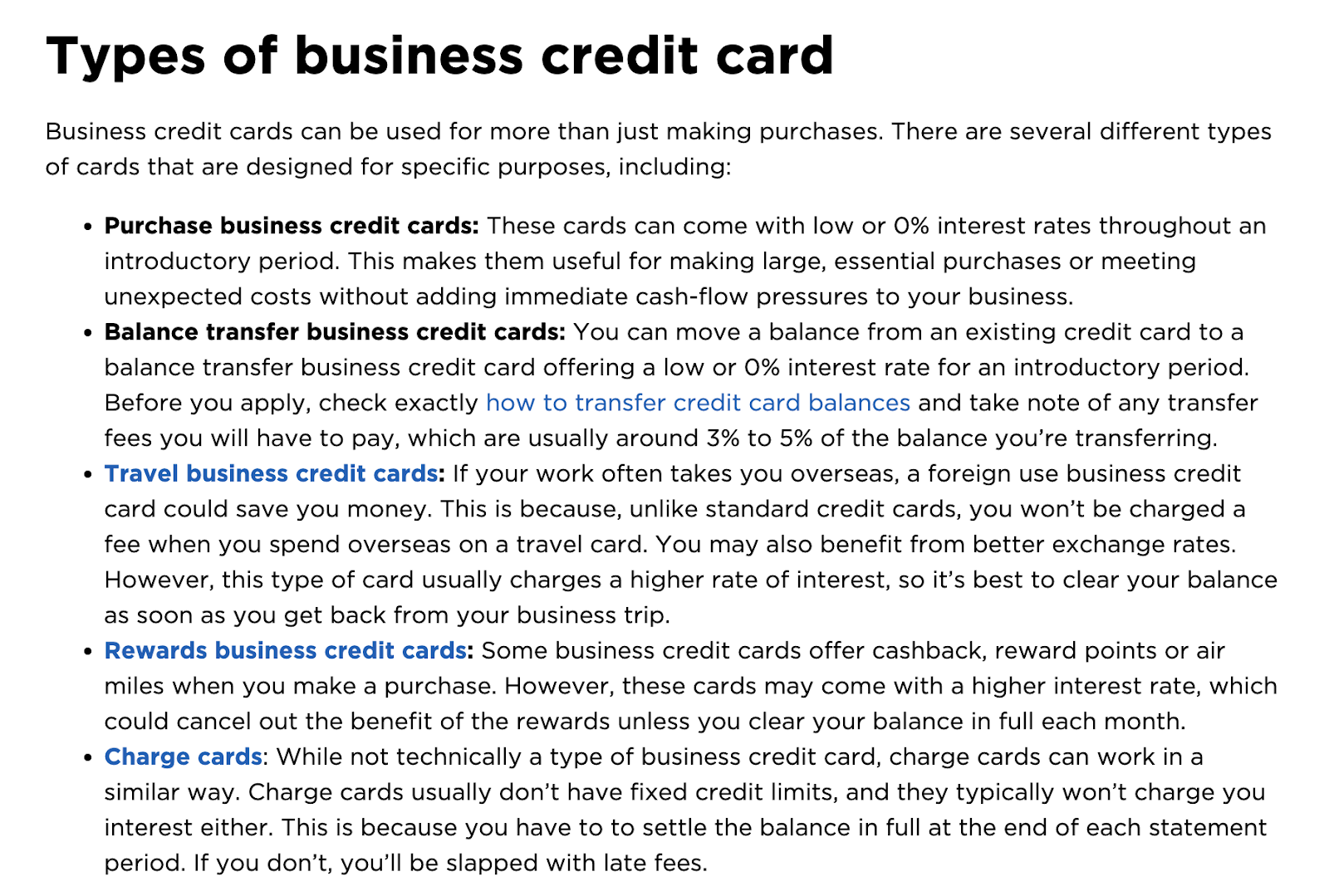
Avoid unnecessary metaphors or analogies that stretch too far from the topic. If it’s not relevant, don’t include it.
10. Support key ideas with examples and concrete data
Use real-world case studies, mock data, concrete statistics, or example use cases to show how each concept works in action. The more practical examples you can use, the better.
A good example of this is Gallup’s State of the Global Workplace report. It includes real case study data, charts, and explains what caused the data to change, and addresses ways to improve workplace practices for employee health and productivity.

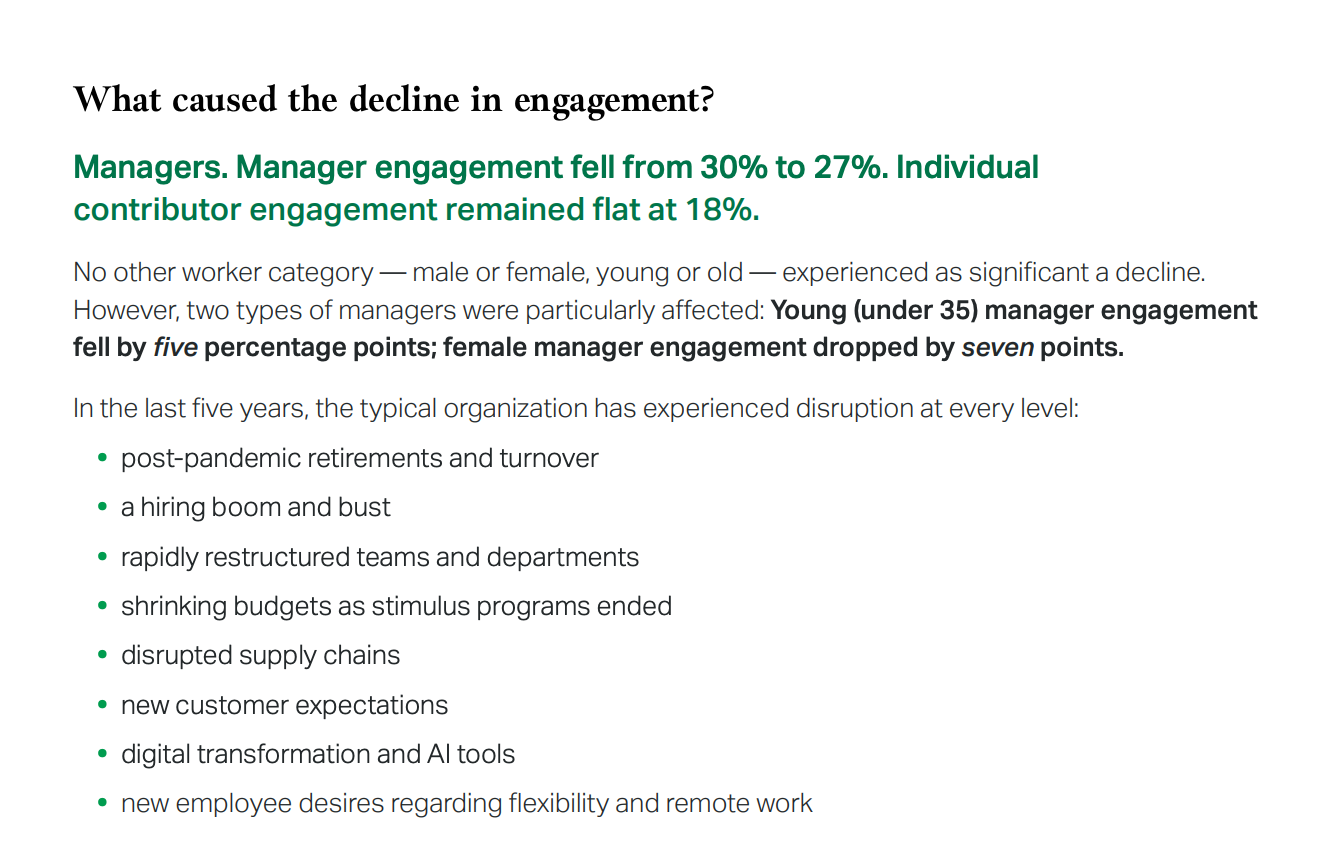
Avoid abstract explanations unless followed immediately by a practical illustration.
Use named tools, websites, or hypothetical situations relevant to your industry or audience. For example, instead of saying, “use an email platform,” mention what platforms users can choose from, like Kit, MailChimp, or Brevo.
When explaining a hypothetical situation, structure content to include steps that feel grounded and actionable, like how to connect multiple bank accounts to your account software.
LLMs check if abstract ideas are supported by explicit examples with data, names, or scenarios. Examples improve clarity and usability. It also makes your content more relatable and engaging to read.
Tie each example back to the core takeaway of the section it belongs to.
Key takeaways
- Large language models (LLMs) and AI search results are changing the search landscape
- Traditional search engines focused predominantly on keywords and links, while LLMs focus on understanding context and delivering direct answers
- To optimize your content for AI search and LLMs, use clear and descriptive language and define concepts clearly
- Make your content beginner-friendly and assume no prior knowledge of the topic before diving into more advanced tactics and steps to improve AI visibility
- Embed keywords naturally into sentences — just like traditional SEO — to help search engines and LLMs better understand what your content is about
- Progress from general concepts to specific details and ensure smooth transitions to avoid abrupt context jumps
- Break down complex ideas and instructions by using bullet points, lists, and additional headings (H3s and H4s) when appropriate
- Remove redundant sentences and eliminate filler words, like “very” or “really,” to improve prose and make your writing more confident and less opinionated
- Add case studies, mock data, and statistics to improve AI-generated responses and large language model visibility (it will also likely help with traditional search results)




